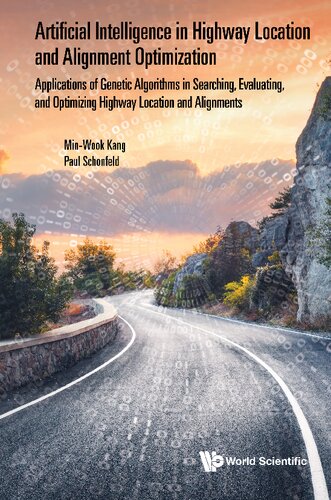

Most ebook files are in PDF format, so you can easily read them using various software such as Foxit Reader or directly on the Google Chrome browser.
Some ebook files are released by publishers in other formats such as .awz, .mobi, .epub, .fb2, etc. You may need to install specific software to read these formats on mobile/PC, such as Calibre.
Please read the tutorial at this link: https://ebookbell.com/faq
We offer FREE conversion to the popular formats you request; however, this may take some time. Therefore, right after payment, please email us, and we will try to provide the service as quickly as possible.
For some exceptional file formats or broken links (if any), please refrain from opening any disputes. Instead, email us first, and we will try to assist within a maximum of 6 hours.
EbookBell Team

0.0
0 reviews A coherent argument, if not a consensus, develops by putting the two standpoints into conversation. The conversation is presented in 32 short chapters, in turn by Suman and Peter. There are two parts: Part 1, Questioning AI, and Part 2, AI and Government Policy. The first part covers issues such as the meaning of intelligence, automation, evolution, artificial and language. It outlines some of the processes through which these concepts may be technologically grounded as AI. The second part addresses policy considerations that underpin the development of AI and responds to the consequences. Themes taken up here include: rights and responsibilities; data usage and state-level strategies in the USA, UK and China; unemployment and policy futures.
Readership: General informed readers. Readers with knowledge of AI and its underpinning principles will be interested. In particular, those with a disciplinary background in computing and technological development, policy studies, current affairs, philosophy and discourse analysis. Appropriate for undergraduate students and upwards, or those whose interest is more conceptual than the general user of technology.